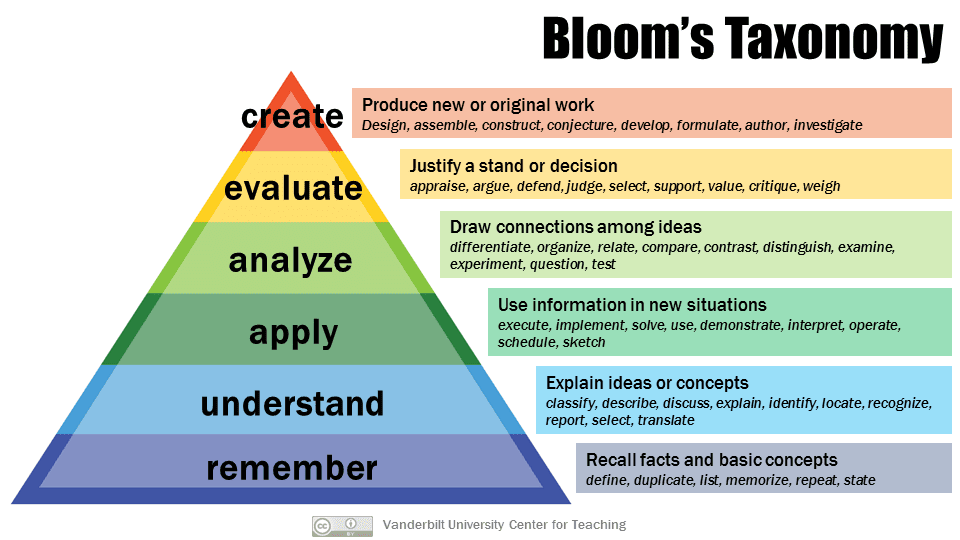
Before we jump on to the applications of something, we must know what exactly it is. Learning objectives define the desired result of a task. They describe what a student would be able to do once the particular chapter or training ends. To be called the good ones, they must be measurable and specific. When they are specific, the trainer will have a much clearer vision of the course of action he has to take to achieve the goal.
One thing that is of utmost importance is the participation of students. The more they involve themselves in the learning, the more they understand the concepts being discussed. Learning goals must not be confused with learning objectives. There’s a difference between these two.
Components of Learning Objectives
The three most common elements of learning objectives that were created as a framework by Robert Mager, an educational theorist, are:
- Performance: It reflects the expectations that the trainer has from the learner. What a participant must have learnt at the end of the day is what this component explains.
- Conditions: As the title suggests, it narrates the conditions under which a learner must be guided or taught.
- Criteria: This component explains as to how the participant must perform to fulfil the requirements.
There is more to the components of learning objectives. Those mentioned above are the common ones. But there are three other parts of it. Let us discuss them one by one.
- Audience: By specifying the kind of audience, the objectives become measurable. When you create learning objectives properly, they produce the most desirable results. The audiences here are the participants that are there to learn something.
- Behaviour: The actions that need to be accomplished at the end of the session are called behaviours. They need to be demonstrated during the training period. The objectives should clearly describe the action that is expected of the student in the end.
- Standard: This means the level up to which the knowledge must be achieved by the participant when the training session gets over.
Now that we want it to be applied to blended learning let us understand what it is. Blended learning is a web-based teaching method. It involves the traditional classroom and teachers as well. This is designed for the learners so that they can get the help of both the internet and the human being. Blended learning ensures the flexibility that students need to learn something.

Because it makes teaching all the more effective, its applications are not just limited to schools, but they extend to the organisations as well. Some of the reasons why it has become famous are:
-
Better engagement:
To teach something to the students or employees, you need to engage with them to the fullest. These training usually last for a shorter period, because some companies cannot afford to train their employees for too long before they enter the battleground. Blended learning makes it interesting for the learners, and hence they tend to focus more on what is being taught. This helps both the students and the teachers in a very effective way.
-
Enhances efficiency:
Using blended learning, it becomes easy to get the learning material. This is because it involves digital means, the internet. The pace varies with the learner’s ability to catch the concepts, but the overall results are comparatively better.
-
Communication gets better:
The students can be updated about the amendments, schedules, and almost everything about their training very quickly. This is quite helpful for the organisations because the communication between the employees is necessary to let the work go with uniform flow.
-
Improves Collaboration:
To make learning interactive, the collaboration of the members is essential. Blended learning helps students engage in discussions and provide feedback to each other. This engagement among the members improves the results. When everyone is taken on-board the flight of a task, there will be someone to rescue others in case of a mayday.
Application of Learning Objectives on Blended Learning
The introduction of the desired results, conditions, and the tasks, before training the students using a web-based technique will help them better understand everything. The learners and trainers will have a better idea of the situation.

It would be convenient to keep a track on the progress of learners, which is otherwise not an easy task to accomplish. Including learning objectives in the learning styles will undoubtedly have no harms to anyone involved.
Summation
The bottom line is; something has to be taught to someone in one way or the other. So, it is better to go for the option that is best available at the very moment. It can cost a bit more than the conventional methods but will save a lot of time and money in the more extended run.

Be the first to comment